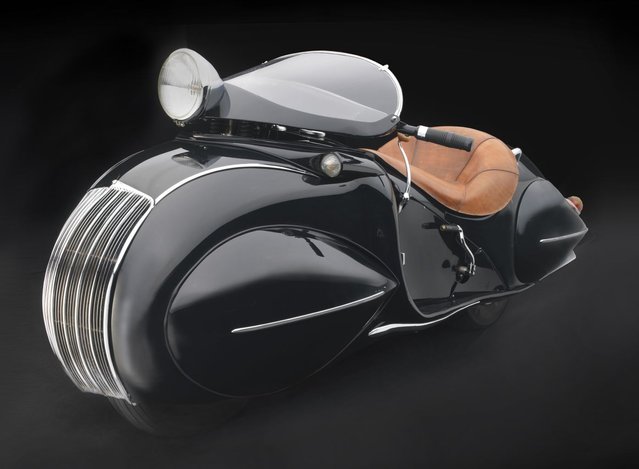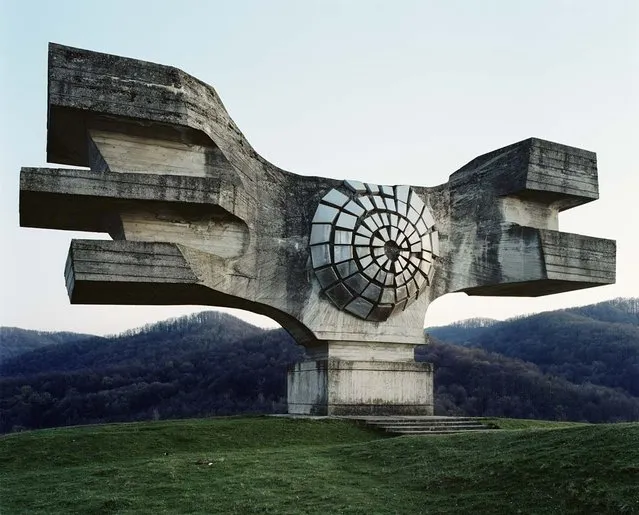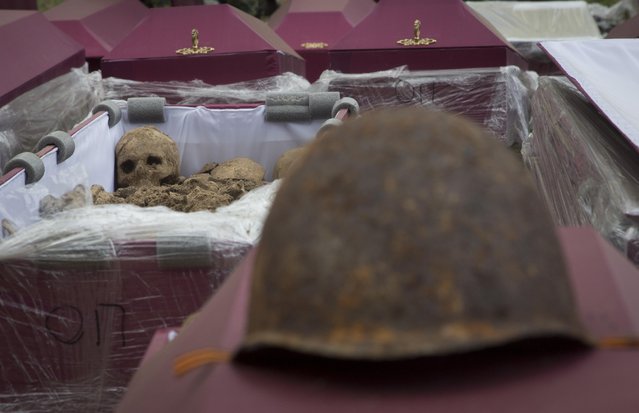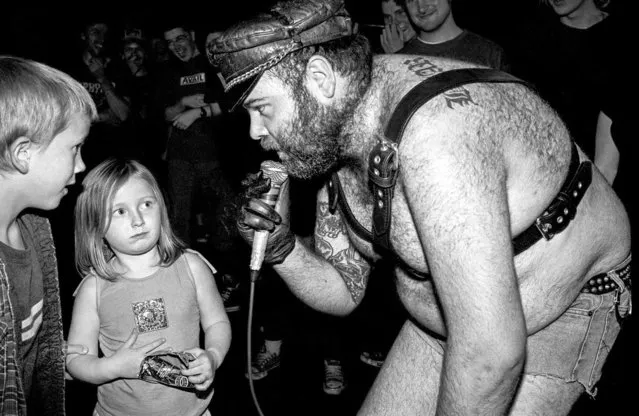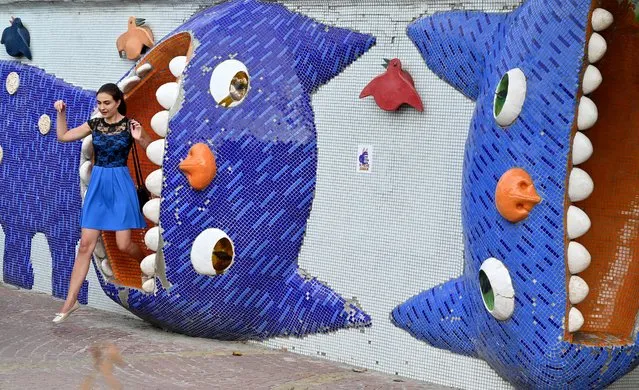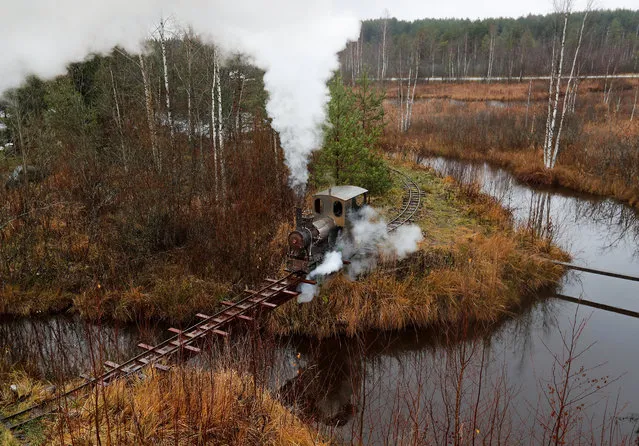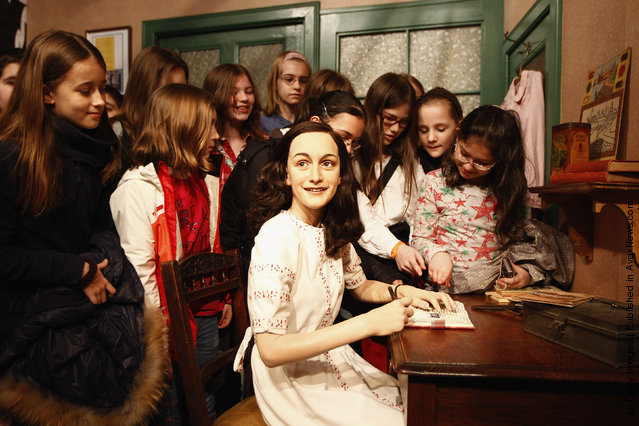
This undated photo provided by the Ford Motor Co. shows the 1948 Lincoln Continental Cabriolet V12. Thirteen years after the last Continental rolled off a Michigan assembly line, Ford Motor Co. is debuting the new Continental in concept form at the New York Auto Show on Monday, March 30, 2015.The production version goes on sale next year. (Photo by AP Photo/Ford Motor Co.)
31 Mar 2015 12:47:00,post received
0 comments

